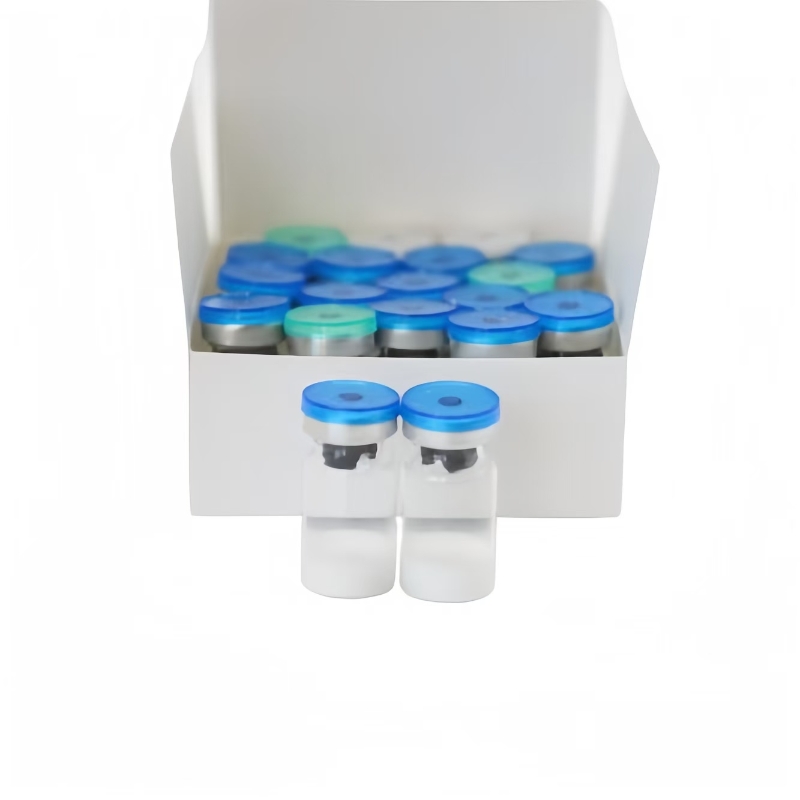-
Categories
-
Pharmaceutical Intermediates
-
Active Pharmaceutical Ingredients
-
Food Additives
- Industrial Coatings
- Agrochemicals
- Dyes and Pigments
- Surfactant
- Flavors and Fragrances
- Chemical Reagents
- Catalyst and Auxiliary
- Natural Products
- Inorganic Chemistry
-
Organic Chemistry
-
Biochemical Engineering
- Analytical Chemistry
-
Cosmetic Ingredient
- Water Treatment Chemical
-
Pharmaceutical Intermediates
Promotion
ECHEMI Mall
Wholesale
Weekly Price
Exhibition
News
-
Trade Service
Six predictors can help determine the amount of lithium needed to treat people with bipolar disorder, according to a large study led by researchers at the Karolinska Institute in Swed.
"Our model can now be used to predict how much lithium a patient with bipolar disorder will ne.
Lithium is one of the most important treatments for people with bipolar disorder, which is associated with an increased risk of suici.
To overcome this problem, researchers have long sought a model that can predict dose-response in individual patien.
In the current study, the researchers examined electronic health records and registry data of 2,357 people with bipolar disorder, possibly the largest sample size of this type of study to da.
The study found that lithium clearance rate was associated with age, sex, renal function (measured by eGFR), serum lithium concentration, diuretics, and drugs targeting the renin-angiotensin-aldosterone system (RAAS), which can be used to treat hypertension and other disease) are associat.
"Our findings suggest that older patients, women, patients with reduced kidney function, and patients taking certain medications require lower doses of lithi.
The study also found an association between lower lithium clearance and a genetic locus on chromosome 11, and may also suggest that genetic variants that affect BMI and kidney function are associated with lithium clearan.
"Next, we will test our model in a clinical trial to see if it can shorten the time it takes to find the right lithium level for each patient," says Martin Schalli.
This research was funded by the Stanley Institute for Medical Research, the Swedish Research Council, the Swedish Foundation for Strategic Research, the Swedish Brain Foundation, the Söderström Königska Foundation, the Gaderius Brothers Minnesota Foundation, Mental Health Sweden Funded by the Foundation, Karolinska Institutet and Karolinska University Hospit.







